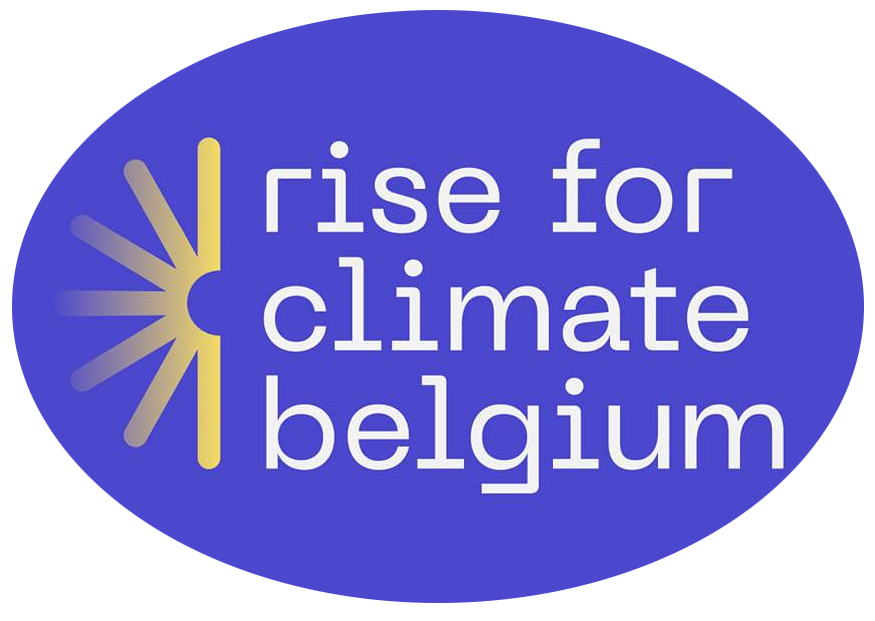Documentation
Les champs auteur(e)s & mots-clés sont cliquables. Pour revenir à la page, utilisez le bouton refresh ci-dessous.
filtre:
recycling
2024
Of je een afgedragen T-shirt kan terugsturen voor recycling of upcycling, hangt heel sterk af van waar je woont. Grote kledingbedrijven zetten wel initiatieven op om de kringloop te sluiten, maar uit een nieuwe studie blijkt dat die niet zo doeltreffend zijn.
Companies knew for decades recycling was not viable but promoted it regardless, Center for Climate Integrity study finds
2023
Het boek 'Apocalypsofie' van Lisa Doeland leest als een ijskoude emmer water over je hoofd, niet als verfrissing maar als wake-up-call. Paul Verhaeghe las het en is verontwaardigd, maar hij weigert te doemdenken en maakt zich terecht boos over de onwillige struisvogelpolitici die een echte aanpak van de klimaatcrisis voor zich uit blijven schuiven.
2022
Climate change affects the Arctic and sub-Arctic regions by exposing previously frozen permafrost to thaw, unlocking soil nutrients, changing hydrological processes, and boosting plant growth. As a result, sub-Arctic tundra is subject to a shrub expansion, called “shrubification”, at the expense of sedge species. Depending on the intrinsic foliar properties of these plant species, changes in foliar mineral element fluxes with shrubification in the context of permafrost degradation may influence topsoil mineral element composition. Despite the potential implications of changes in topsoil mineral element concentrations for the fate of organic carbon, this remains poorly quantified. Here, we investigate vegetation foliar and topsoil mineral element composition (Si, K, Ca, P, Mn, Zn, Cu, Mo, V) across a natural gradient of permafrost degradation at a typical sub-Arctic tundra at Eight Mile Lake (Alaska, USA). Results show that foliar mineral element concentrations are higher (up to 9 times; Si, K, Mo for all spec
Metals will play a central role in successfully building Europe’s clean technology value chains and meeting the EU’s 2050 climate-neutrality goal. In the wake of supply disruptions from the COVID-19 pandemic and Russia's invasion of Ukraine, Europe’s lack of resilience for its growing metals needs has become a strategic concern. This study evaluates how Europe can fulfil its goal of “achieving resource security” and “reducing strategic dependencies” for its energy transition metals, through a demand, supply, and sustainability assessment of the EU Green Deal and its resource needs . It concludes that Europe has a window of opportunity to lay the foundation for a higher level of strate- gic autonomy and sustainability for its strategic metals through optimised recycling, domestic value chain investment, and more active global sourcing. But firm action is needed soon to avoid bottlenecks for several materials that risk being in global short supply at the end of this decade.
2021
Even “sustainable” technologies such as electric vehicles and wind turbines face unbreachable physical limits and exact grave environmental costs
2020
Greenpeace Africa Plastic Campaigner Amos Wemanya explains why recycling is a “false solution” to Africa’s plastic pollution crisis
2019
A Guardian report from 11 countries tracks how US waste makes its way across the world – and overwhelms the poorest nations
![]()




